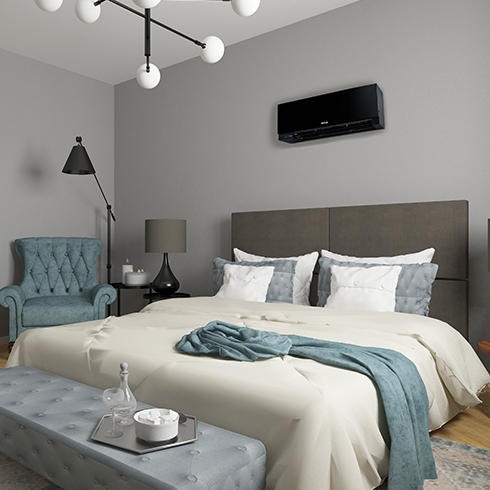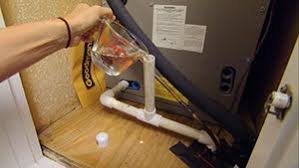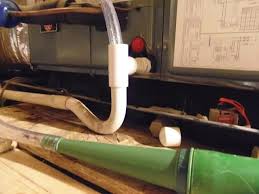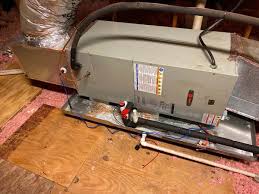Just Bought a New Home? Get to Know Your New HVAC System
- Feb 1, 2022
- 4 min read
Updated: Jul 26, 2024
You bought a home! Congratulations! Now that you’re moved in, it’s important to take some time to familiarize yourself with the heating and cooling system before it needs a major repair. Keep reading for some important things to look for.
Get to Know the System
First you’ll want to track down the equipment. Walk around the outside of the home looking for the condensing unit (some houses have more than one). Many people refer to the condensing unit as the air conditioner or

compressor.
Some homes have a condensing unit that also provides heat in the winter...these are called heat pumps.
One of the most important maintenance items to consider is cleaning the outdoor coil. A dirty coil reduces the condensing unit’s efficiency and effectiveness. It can also result in breakdowns.
Some homeowners with mechanical aptitude clean this on their own, however this is not recommended. Getting water in the wrong place can result in fried electrical components
Next, Look for Your Indoor Unit
Search for the unit that blows air through the duct system OR ductless unit on the wall or floor. This indoor unit likely provides the heat for the home as well.
One thing you’ll want to determine is the type of heating fuel that is used. Electricity, oil, natural gas, and propane are all options in our area.
If your unit uses electricity for heat, it’s typically called an electric furnace, air handler or fan coil. If it uses natural gas or propane, it’s commonly called a gas furnace. If it uses oil, it's commonly called a boiler.
Take some pictures of your indoor equipment and the data plates if you can find them. Note that some data plates on furnaces are located inside the cabinet.
If this is the case with your unit, don’t feel like you have to open the unit up. Not everyone is comfortable with this.
Once you have located all of the equipment and have pictures of the data plates, email them to us at info@keyhvac.com. We’ll can possibly track down the age and efficiency of the equipment, and we’ll let you know if it has any warranty remaining.
Change the Air Filters
This is very important! One of the simplest, most effective ways to keep your HVAC unit in top shape is to change the air filters often.

The frequency can range between one and six months depending on the type of filter. Most air filters are 1” thick. These filters are common and can be purchased at most hardware
stores, or even from on-line filter subscription services.
The on-line services are typically a bit more expensive because of freight costs, however they eliminate the risk of forgetting to do the job.
If your filter is thicker than 1”, give us a call with the dimensions and we’ll help you locate a replacement.
Locate the Drain!
While an air conditioner’s primary job is to make cold air, a secondary job is to reduce humidity in the home. It does this by turning water vapor from the air into liquid water that is drained to the outside. Most of the time this drain is a white 3/4” pipe that runs from the indoor unit to the outside.
Try to locate where the pipe exits the house. Also locate where the pipe leaves the indoor unit. Why is this so important? Because like all drains, this one can get clogged. When the drain clogs, thousands of dollars of water damage to ceilings and floors can take place.
The best way to understand what to look for and how to prevent water leaks is to have an HVAC professional out to your home to look over the system. When you have us out for a tune-up, we’ll be happy to go over this with you.
Give Your A/C Room to Breathe
Maintaining the landscape does more than make your yard look beautiful, it also helps your air conditioner perform well and have proper airflow. Shrubs, trees, plants and other foliage should be a couple feet away from the unit.
It is also a good idea to keep garden tools, supplies, furniture and toys away from it. If you have an abundance of trees, try to keep leaves from building up on and around the unit.
Schedule Yearly Maintenance

Annual maintenance for your heating and cooling unit will reduce breakdowns and your energy bills, and it will ensure the warranty on your equipment stays intact.
A good tune-up will keep your system in optimal condition and alert you to small problems that could become major repairs.
The best time of year to schedule maintenance is during the spring or fall, before the weather gets too hot or too cold. However, there’s never a bad time for a tune-up, so if you just moved in to the new home don’t hesitate to have the work done now. Even if it’s a brand new home, you should still have this done.
We’ve seen many systems that were run without an air filter during construction, resulting in indoor blowers that covered with sheetrock dust. This will result in costly repairs if not taken care of soon.
We hope this guide has helped you understand some of the basics of your home heating and cooling system. If you ever have questions about your heating and cooling units, don’t hesitate to give us a call. We’ve proudly served our customers for over 25 years, and would love the opportunity to become your trusted service provider. You can reach us at (833) 258-8811 for more information.



















Comments